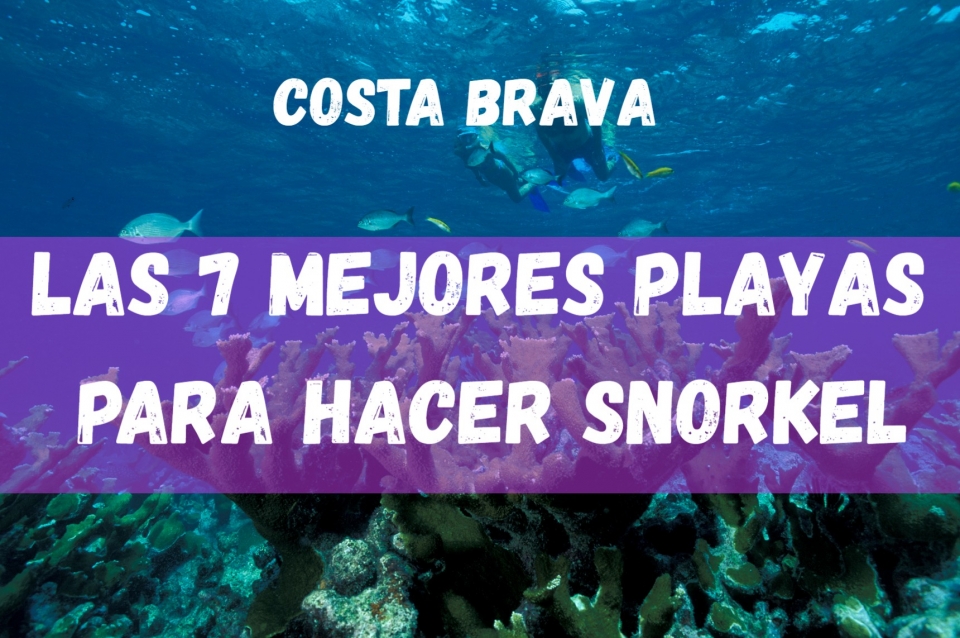Diving in frozen lakes
These lakes are usually located in high mountain areas where, at certain times of the year, their surface remains frozen due to ice diving and at altitudes above 3,000 meters, they fall within the group of special high altitude dives. With water temperatures close to 0º C, extreme safety measures will have to be taken and the equipment adapted to these very adverse conditions.
The incentive is, in addition to contemplating the little life (in some cases lethargic) that exists, the vision of the sun's rays through the ice.

Diving under ice carries a high risk, so extreme safety measures will have to be taken in order to minimize the risks, being reserved for divers with a highly specialized technique in this type of dives and skilled in the use of special equipment. to withstand extreme conditions.
As occurs in diving in underwater caves, under the ice the immersion is carried out on a real roof, making direct exit to the surface impossible.
For pre-dive operations carried out on frozen water, you must be equipped with an isothermal suit (as a precaution in case of breaking the ice layer) and divers attached by a rope to a harness, maintaining a distance of about 10 meters between the safety couple (the one in the non-risk area) and the one carrying out the ice opening work.

You should look for an area no less than 20 cm thick. (to support the weight of divers and equipment). The entrance hole will be made with a mechanical saw in a triangular shape and with the corners closed, to facilitate the entry and exit of divers from the water.
A special team
Once the entrance hole has been made on the ice, all that remains is to equip yourself properly with:
- Dry suit of variable volume, it being advisable to wear a fleece or similar warm clothing under the suit; as well as having gloves and a hat to protect ears and hands when exiting the water.
- Double regulator equipped with its corresponding protection for cold waters. To avoid problems with the regulator freezing on the surface, it should not be used outside of water (due to the cooling produced by the expansion of the air in the first stage of the regulator, from approximately 200 to 10 atm.).
- Dive computer, or consider the height at which the lake in case of using decompression tables to make the corresponding corrections in depth and decompression stops if any (totally not recommended in this type of dives).

The pair of divers will be linked to the surface through a guide rope, and these in turn linked to each other (which will allow them to communicate by transmitting signals). Do not forget that the ice cannot be broken underwater with the knife, therefore, the guide rope will indicate the direction of the exit.
On the surface, a partner supplies the necessary rope to the divers, while a fully equipped couple remains as security to act in case of emergency.

To minimize the effects of hypothermia, it is advisable to carry foods with high energy value (chocolate, energy bars, etc.) as well as several thermoses with hot drinks.
















